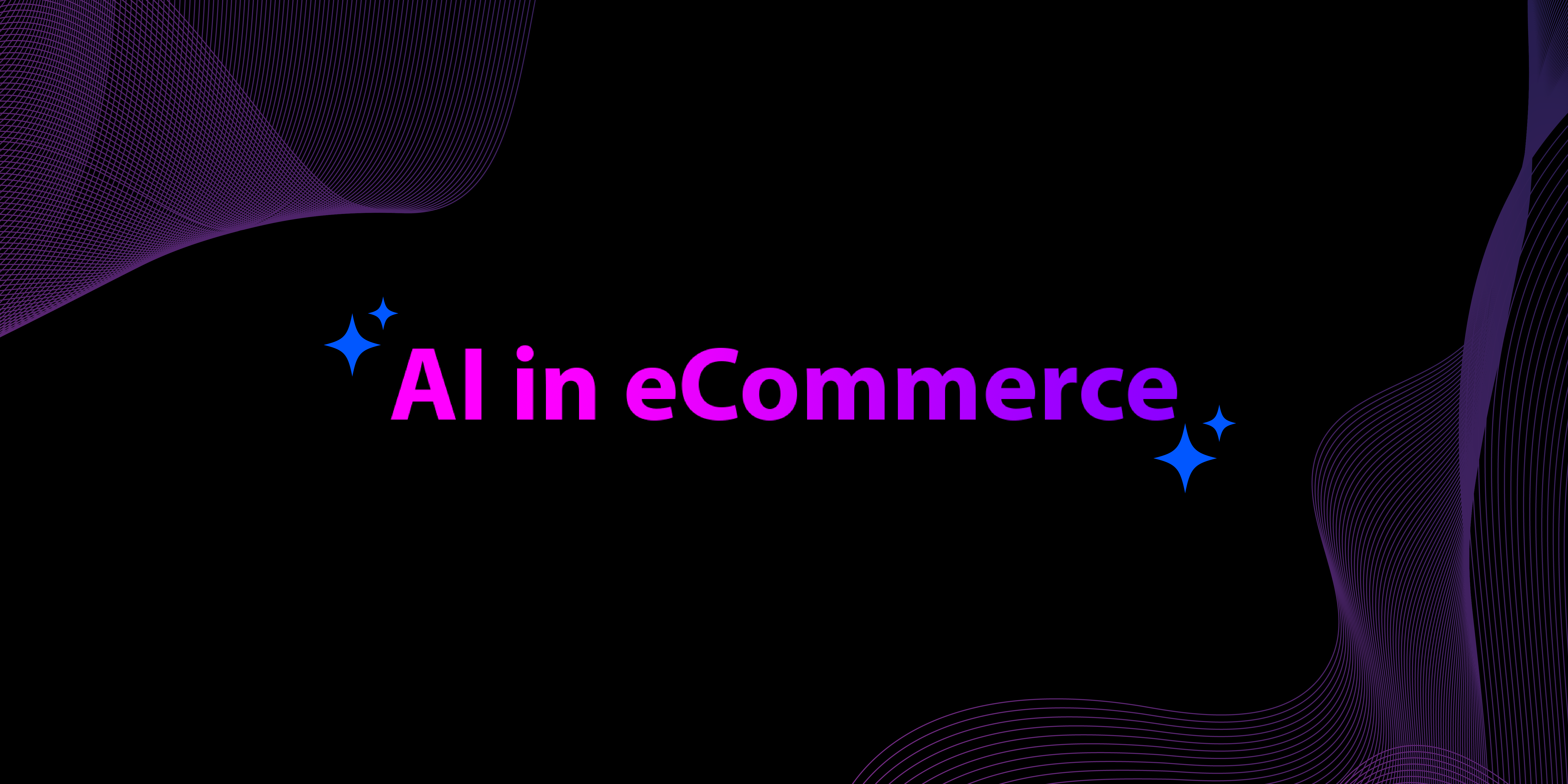

Last updated on
February 7, 2024
E-commerce marketing isn’t an exact science, and that means there’s a lot of trial and error on the way to building a successful online business. There are a number of common mistakes that newcomers to online marketing make when it comes to promoting their online stores. Without being aware of these e-commerce marketing mistakes, it’s easy to repeat them time and time again—a waste of resources and a surefire way to lose the valuable business opportunities you need in order to grow. If you’re serious about taking your eCommerce venture to the next level, your business needs a clear direction and focus on proven eCommerce marketing strategies.
So to help you hold onto the revenue and customers you deserve, today we’re sharing a list of the 6 most common e-commerce marketing mistakes you might be making—plus helpful advice from e-commerce experts on how to fix them.

You already know that the cost of getting three customers to spend $50 each is way higher than getting one customer who spends $150. Instead of focusing your strategy exclusively on fueling your sales funnel, you should also work on improving customer trust and convincing existing customers to make more purchases from your store.
When it comes to e-commerce you cannot underestimate the profitability of increasing the average order value (AOV.) Offering product recommendations, upselling, cross-selling, setting order minimums and bundling products are fantastic ways to do this.
All e-commerce businesses should make a huge effort to engage those visitors who are already spending with you to spend MORE! It's much harder to sell to a cold audience vs. an audience that has already made a decision to spend money with you!

A common e-commerce marketing mistake is making the wrong choice in e-commerce CMS platforms. It may be tempting to cut down costs by going for a cheap partner, but this isn’t the right place to cut corners if you want to provide your shoppers with an excellent buying experience.
Selecting the correct e-commerce CMS can make or break any seller, from solopreneur dropshippers to enterprise e-commerce corporations.
Some of the more important factors when considering e-commerce CMS platforms:
For larger scale enterprise ecomms, we recommend more advanced CMS platforms such as Magento, Big Commerce, or Demandware.
-Trent Anderson, Youtech & Associates
In our WooCommerce vs Shopify guide, we mention in detail some of the most important factors that go into making an appropriate decision for your CMS needs.

With more e-commerce stores going live every day, customers have endless options when it comes to shopping, making it harder to convince them to shop with you. As much as 38 percent of buyers leave a website that doesn’t have an attractive layout and 46 percent of website visitors state that a “lack of message” would make them leave the page. That said, user experience optimization should be at the heart of your e-commerce marketing strategy. Simplicity, pleasing design, and helpful images, descriptions, and SEO will go a long way here.
From my perspective, the mistake most e-commerce newbies make is not developing their site with the user's experience in mind. From the homepage, it should be super clear to the visitor how to get to a particular type of product. This starts with a simple and straightforward navigation bar. Creating clear top-level categories and logical sub-categories can deliver a potential customer from the homepage to what they are looking for in the fewest steps. Frustrated visitors do not become customers.
This extends to how they find your site in the first place as well. For example, what works in a print catalog will not necessarily move the needle online. Understanding how people talk to search engines will help you understand how to effectively name your categories and products. Thoughtful search engine optimization can extend the reach of your brand to the vast crowd of searchers on Google, Bing, and Yahoo. These are improvements that will greatly affect the experience of site visitors and ultimately increase conversions.
If this seems like a lot, there are tons of UX and SEO experts that live and breathe this stuff. A little help goes a long way.
It's essential for you to begin with adapting your site for mobile screens. Responsive and mobile websites achieve higher Google rankings, and over 50% of e-commerce sessions in 2018 were completed via smartphones and tablets.
I think the most prevalent mistake I see new e-commerce owners make is not building out their site to create a unique user experience. Everything is stock, checkout is often clunky, and even when customers do buy, there's not really much staying power when it comes to customer retention. Be creative and provide discount postcards and post-sale discount codes so your customers keep coming back.
-Jared Carrizales,Heroic Search
Andriy Chornyy of Plerdy sent us not one, but 9 extremely helpful e-commerce shop optimization tips. We’d recommend bookmarking this page to use as a quick-reference guide!
Very often newbies create online stores based on templates offered by WordPress, Magento, PrestaShop, and other platforms. Some of these templates significantly slow down their websites making it risky to run Google Ads and adversely affecting future SEO. So remember to select templates really carefully.

In e-commerce, it’s pretty easy to get stuck, especially if you don’t prioritize. When you worry too much about small details, you risk not seeing the forest for the trees. As you start out, try to eliminate all the activities that add little or no value to your business and focus on cost-effective solutions that can help you to increase business efficiency instead.
One mistake that I see a large number of newbies doing is thinking too much—analyzing too much and trying to avoid the most minuscule hinderances. You're in business; you will make mistakes. You will make major, colossal mistakes and you will make minor negligible mistakes.
Don't spend hours tweaking a checkout process before you've launched. Launch the store, get people in there and then tweak. There's more to selling online that just a few clicks and having your store be ready to go. It's a long, arduous, often soul-destroying process, so my best advice is to get stuck in, make the mistakes, see what works for you and then repeat.

Too often product descriptions are flat lists of features and technical details. Information is crucial for making educated buying decisions, but the way you choose to promote your products inside your e-commerce store is equally important for consistent sales growth.
Focus on the benefits that buyers could get from their purchase. Enhance the characteristics that make your products and services better than the ones sold by your competitors. Think about your ideal customers and their pain points, and use descriptions to underscore how each product can solve problems.
One of the most common mistakes I see e-commerce websites making is ignoring the opportunity to write unique and compelling product descriptions. All too often, a product description is simply copied and pasted from the manufacturer. There are a few problems with this shortcut:
-Quentin Aisbett, OnQ Marketing

E-commerce marketing should truly be at the heart of your business. It’s time to let go of the misconception that “good products sell themselves,” and spend time developing a cohesive digital marketing strategy. To consistently bring in customers, you’ll need strategic SEO, high-quality, helpful content, and smart retargeting. Anything less, and you’ll struggle to get the leads and conversions you’re hoping for.
One big mistake we often see new e-commerce sellers make is not being intentional about advertising and setting a marketing budget. We've had many clients assume that because they have an online store that business will just flow. A good e-commerce store needs to have the right types of digital marketing to help it soar.
-Roger Sievers, Sievers Creative
Given we're in the email space, a lot the mistakes we see new store owners make revolve around email. I think the biggest thing I see is that a new store owner tries to optimize everything about email given what they've read on other sites: Segment your customers by whether they open emails or not! Split test your email subject lines! Make sure you include personalization, but not too much personalization! Trying to accomplish everything at once can result in decision paralysis.
The best thing you can do when you start to market your store is to focus on big wins. Start with having an email strategy, but don't worry about optimization yet. Focus on using email to build your relationships with your customers—add basic lifecycle emails so customers hear from you just enough to keep you in mind and get to know your store. Only worry about optimization once you're contacting over 100 customers a day via email because that’s when the percentage gains will really start to add up.
When first starting out, many e-commerce sellers don’t prioritize personalizing marketing materials for their existing and potential customers. They rely on a one-size-fits-all approach, but irrelevant ads, emails, and more not only annoy a growing audience but alienate them altogether.
The first step in personalization is gathering the right data. While traditional data, like age, gender, and location, is a starting point, tracking the types of products purchased, the number of orders and the recency of the orders can help fill in the blanks. Behavioral data from potential customers, like previous site searches and purchase history, combined with Big Data acquired from third-party providers can help e-commerce sellers round out their customer profiles so they can send truly personalized marketing materials and increase their customer base effectively.
-Bart Mroz, eCommerce Momentum
A lot of e-commerce businesses make the mistake of employing media-buying vendors that aren’t aligned with their brand and their target audience’s persona. If you’re considering an agency, they usually have a one-size-fits-all strategy. But every client is different! And that’s where performance-based vendors can really benefit you—they guarantee you the time and effort to get the best results possible, because if you don’t succeed, then neither do they. It’s a partnership rooted in mutual success.
Let’s recap the most common marketing mistakes that beginner online sellers make!
As a new online seller, falling into any one of these traps is part of the gig—an initiation, if you will. But luckily, the sooner you realize you’re making a mistake, the easier it becomes to fix the issue and reach your business goals!
Tags:

Hamna Abid
July 11, 2023

Hamna Abid
June 23, 2023

Ammar Mazhar
May 30, 2023